Australia is a country known for its huge size and diverse terrain and a transport system of its own size and complexity is vital to provide connectivity between major cities, regional areas, and international destinations. This network is distributed across numerous hubs, busy airports, and major railway stations, each of the constituting parts having its own role in the smooth movement of people and goods.
Major Hubs
- Sydney

A vibrant city, the beating heart of Sydney is both the most populous city in the country and the largest transport center. The Sydney Harbour (UNESCO World Heritage Site), one of the wonders of nature, has changed to become a base for maritime trade and has been made famous by iconic landmarks such as the Opera House and Harbour Bridge. Sydney Kingsford Smith International Airport (Sydney Airport) is the busiest airport in the country due to its capacity to serve not only domestic flights but also international ones. Sydney Central Station, the biggest and the busiest railway station in Australia provides the connection to both regional as well as suburban destinations and serves as a concurrent point of public transport within the city.
- Melbourne
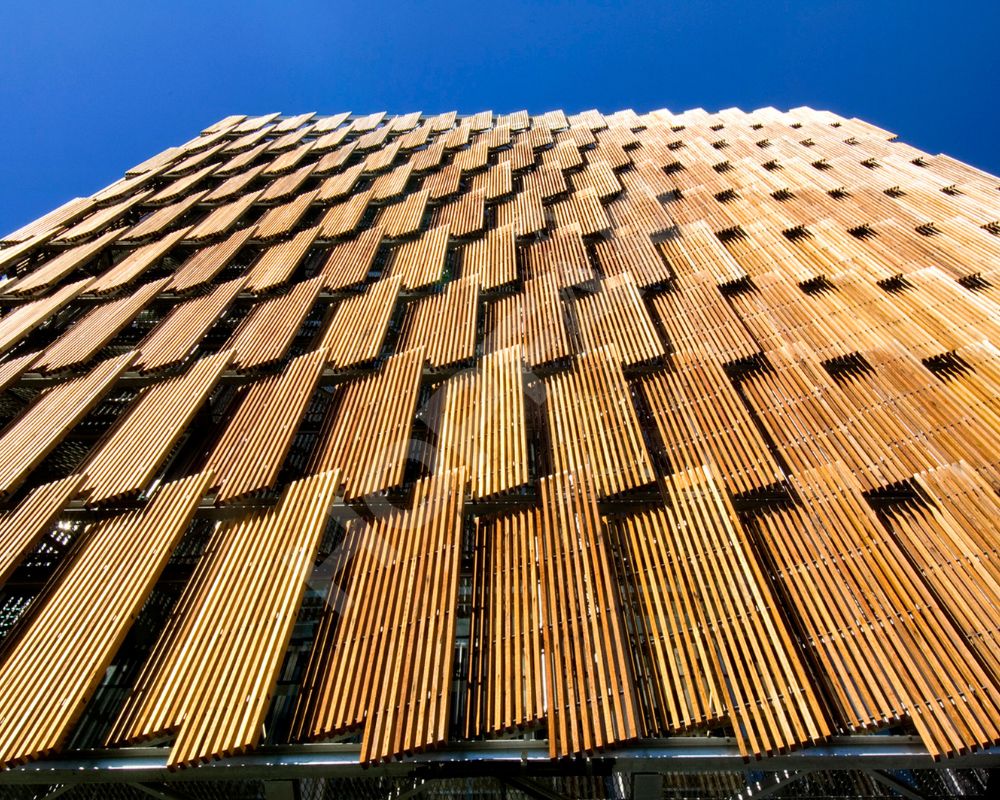
Home to the capital of Victoria, Melbourne is a city that has its own cultural rhythm and represents one of the major transportation centers for the region. Melbourne Airport, which is actually the second busiest in the country, offers a plethora of domestic flights and even connects with major international destinations, thus being recognized as the main entry point. Southern Cross Station, which is the biggest station in the inner Melbourne area network, links to regional Victoria as well as some other states, which prevents disconnectedness when it comes to people movement and goods, both within the capital and around the region.
- Brisbane
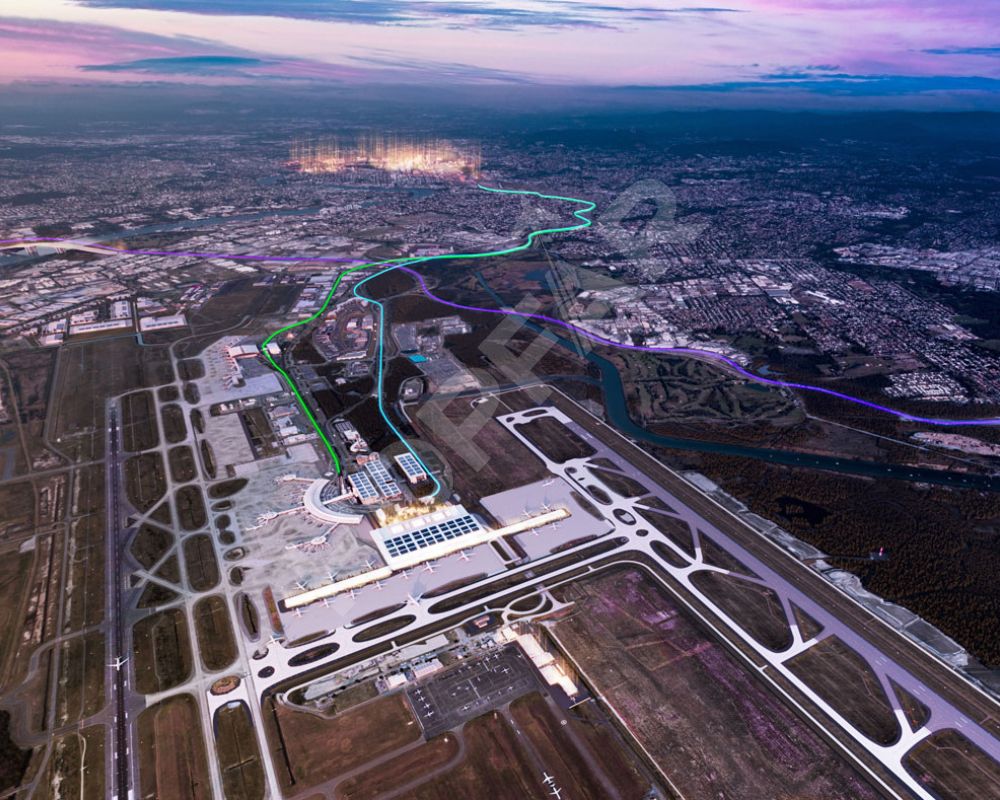
The Queensland capital city of Brisbane is the most important hub on the eastern seaboard. Brisbane Airport does not only cater to domestic but also international flights, serving as a major connector for Australian travelers and those farther away. As the main railway station, Roma Street Station is the principal passenger terminal for Queensland Rail. Thereby, it allows Brisbane to have access to different local and off-state trip destinations that also result in more tourist visits and economic growth.
The Network of Airports and Railway Stations
Major airports and railway hubs are the Australian transport system pillars and they provide critical links between different regions with an international trip.
Airports
- Perth Airport (Perth)
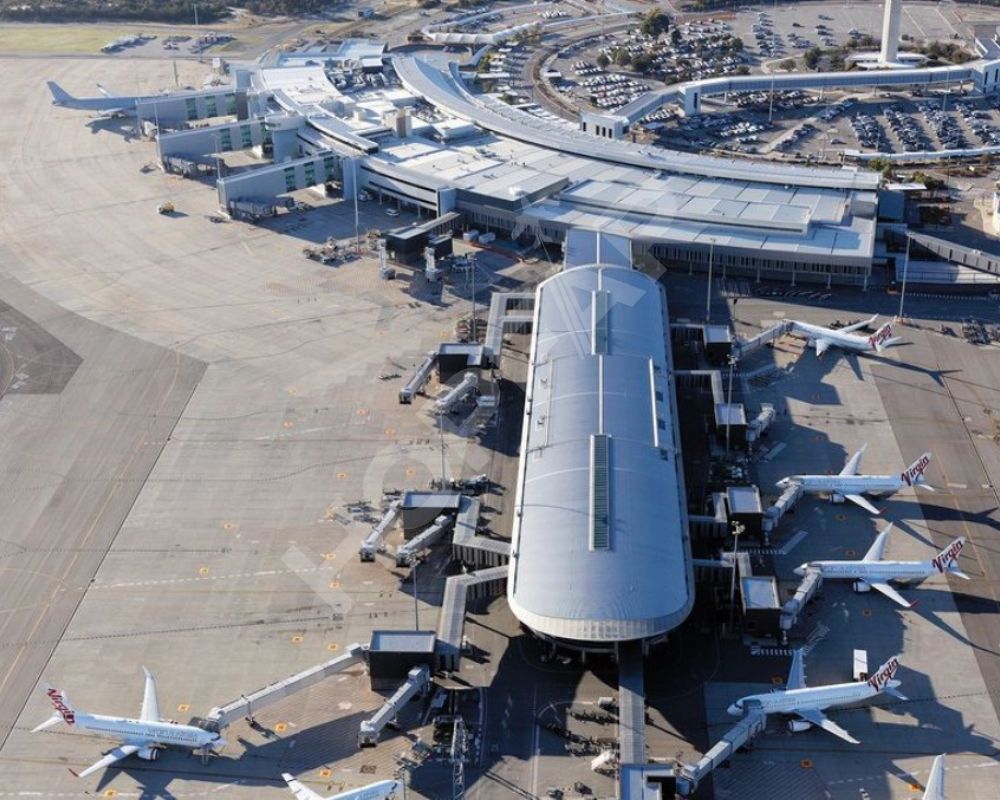
As the main gateway to Western Australia, Perth Airport handles much of the domestic traffic and links with major international destinations, primarily in Asia.
- Adelaide Airport (Adelaide)
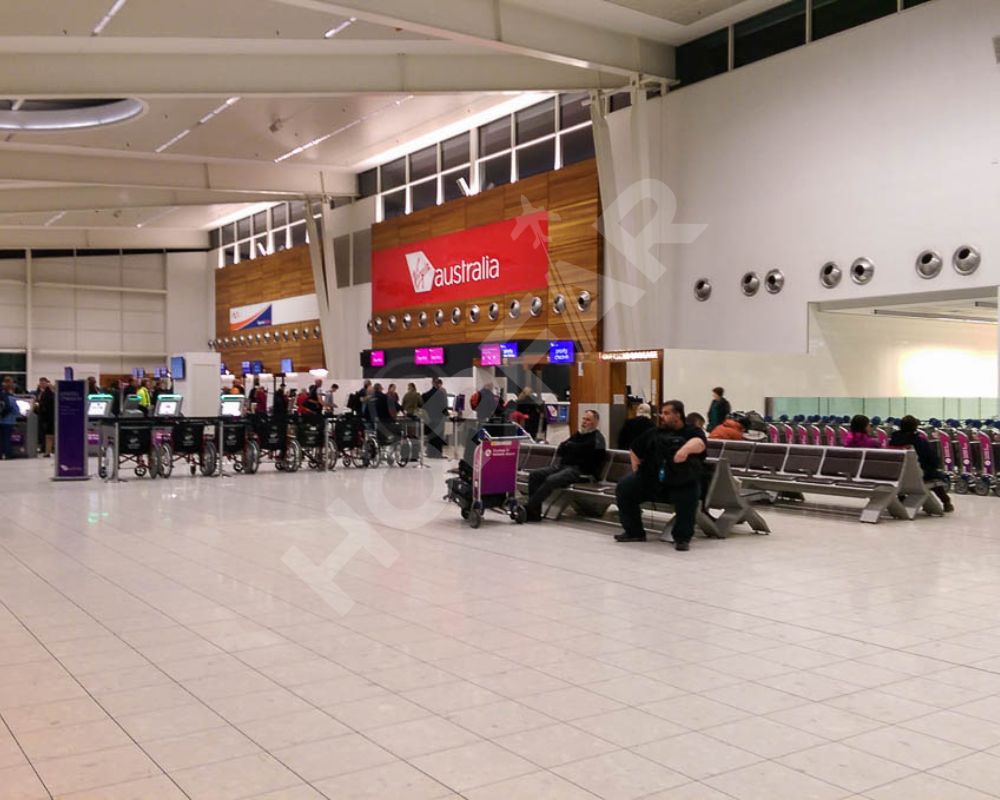
As far as South Australia is concerned, Adelaide Airport takes care of domestic flights and international connections, which is a vital part of the communication line for business and holiday travelers.
- Cairns Airport (Cairns)
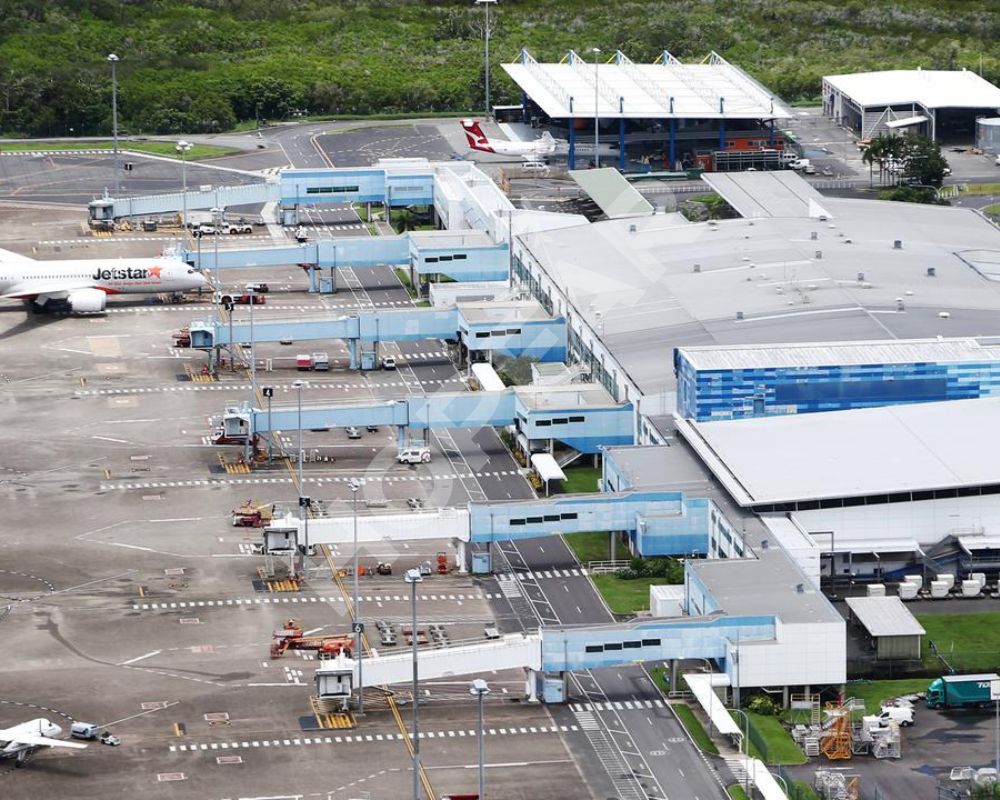
Cairns Airport, being situated at the doorstep of the Great Barrier Reef, is one of the most important ways to tourism in Far North Queensland, meeting both domestic and international tourists who come here to visit the natural attractions of the area.
- Darwin International Airport (Darwin)
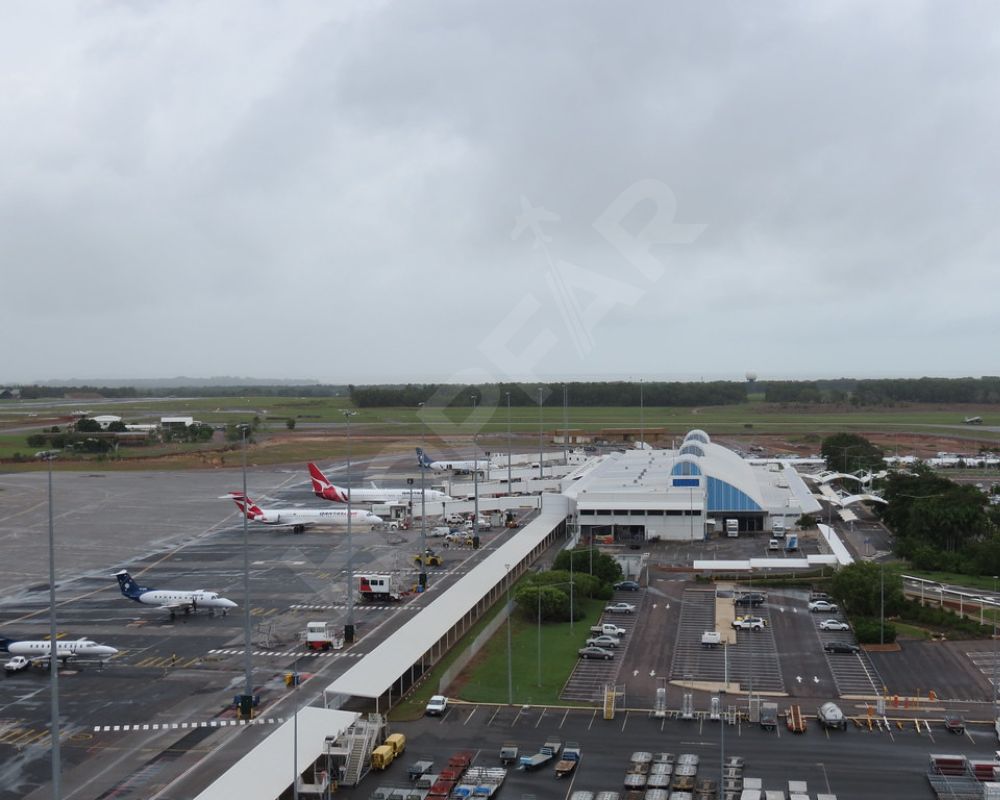
Located in the Northern Territory, the Darwin International Airport functions as a major hub for travel to South East Asia and beyond playing a very crucial part in the economic development of the region.
Railway Stations: Streams of Communication
Railway stations, not only the main hubs, are the fundamental elements in linking smaller towns and regional centers by serving as the real arteries of regional development and this gives rise to a sense of commonness in the community.
- Flinders Street Station (Melbourne)
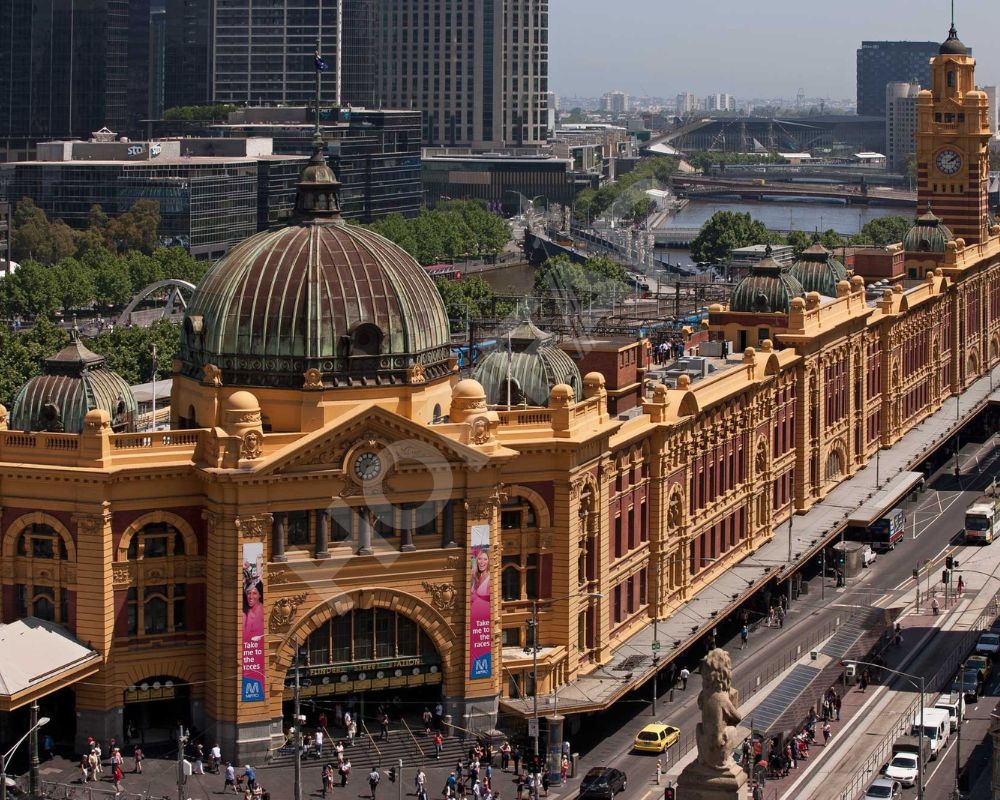
Though it is not the largest in the city, Flinders Street Station is still an iconic building and a busy passenger terminal, which operates suburban and regional services in Victoria. The building’s ornamental frontage and central location have made it a popular destination among tourists and one of the symbols of the city’s cultural heritage.
- Adelaide Railway Station (Adelaide)
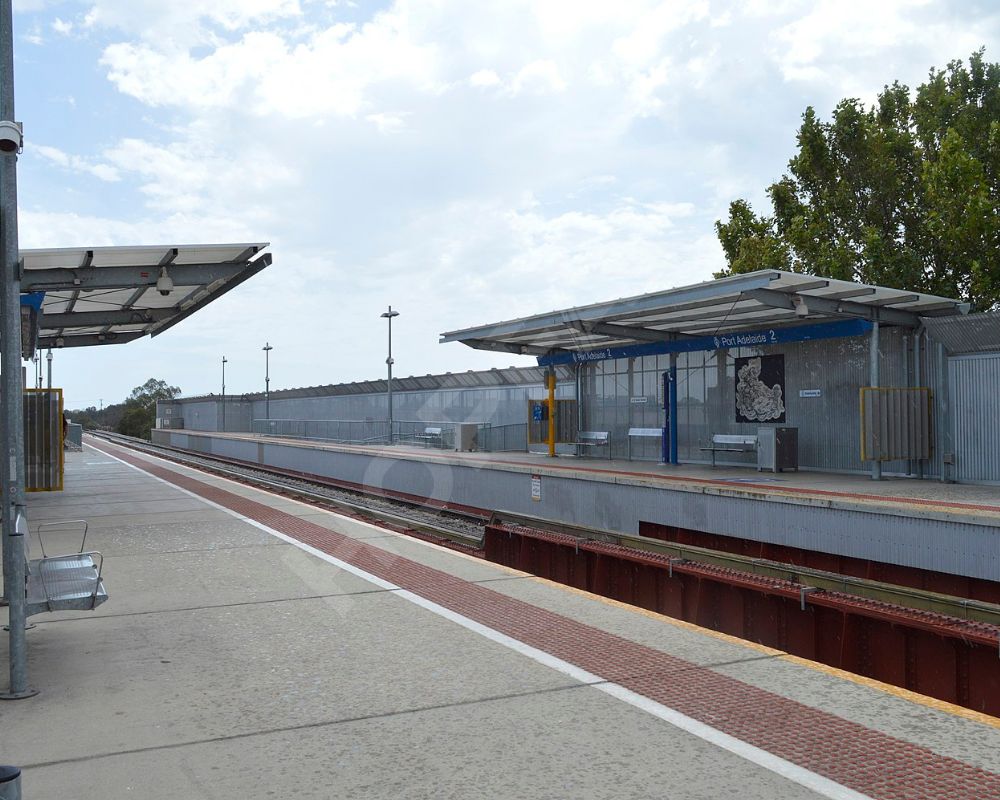
Situated in the heart of Adelaide, Railway Station Adelaide helps in the transportation of local South Australians and also for longer journeys to other states. Its magnificent architecture showcases the depiction of the city’s colonial past and also indicates the role played by railways in building current Australia.
- Central Station (Perth)

As the premier passenger hub for Transwa in the CBD of Perth, Central Station is the main entrance door to the regional destinations of Western Australia. The modernized design symbolizes the city’s dynamic future and the need for sustainable modes of commuting.
The Future of Transportation in Australia
With Australia being continuously developed and having each day more of its population, the transport system will be inevitably amended and adjusted to the recent requirements of its diverse society. This implementation may involve technology, like high-speed rail, and adoption of the sustainable transportation choices. Whether the changes happen to be major hubs, airports, or railway stations, these will be the mainstay of Australia’s transport infrastructure that will ensure the people of the country are connected.



